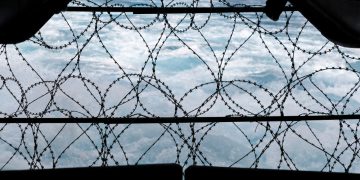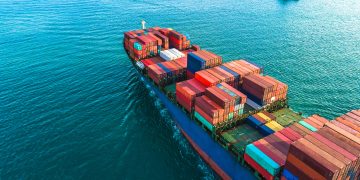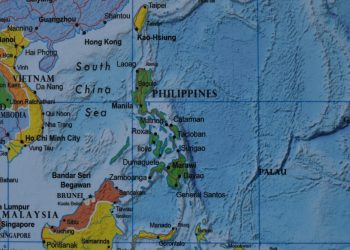To detect and clean floating debris up as quickly as possible, Port of Antwerp is deploying drones.
Every year, about 50 tonnes of floating debris are collected from the docks in the port of Antwerp. To reduce water pollution, impact on biodiversity and damage to ships, it is important to detect and clean up this waste as soon as possible.
Thanks to the unique bird’s eye views they provide, drones can make a significant contribution to detect floating debris.
This is why Port of Antwerp has developed a “machine vision” application that, based on drone images, automatically builds a map that indicates where floating debris is present.
With the use of drones, which will soon be flying over the entire port several times a day, floating debris can then be located and cleaned up more quickly and efficiently.
The ambition is to develop a network of autonomous drones that can provide a ‘live feed’ of the various port activities and support the Harbour Safety & Security (HSS) unit and its security partners as much as possible.
The types of tasks that can be performed include inspecting infrastructure, surveillance and monitoring, incident management, berth management and the detection of oil spills or floating debris.
To stream images from the drones in real time, 5G will be used in the future.
I see a glimpse of the future here in the port of Antwerp. Drones that keep the port clean and safe. It is a good example of how digitalisation, a clean environment and the fight against climate change can go hand in hand
stated Minister of Telecommunications Petra De Sutter.




























































